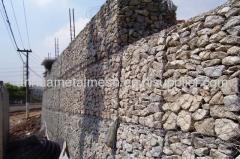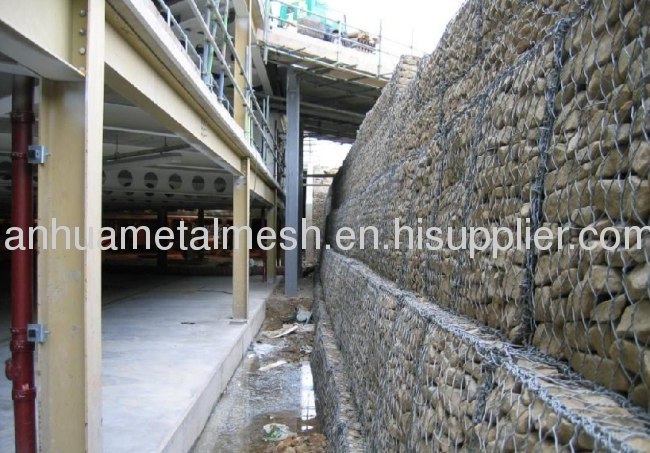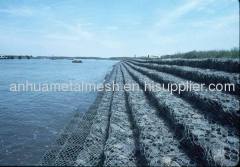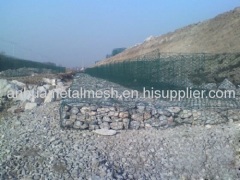
gabions retain wall
| Min. Order: | 1000 Square Meter |
|---|---|
| Payment Terms: | L/C, T/T |
| Supply Ability: | 160000square meter/day |
| Place of Origin: | Hebei |
Company Profile
| Location: | Hengshui, Hebei, China (Mainland) |
|---|---|
| Business Type: | Manufacturer |
| Main Products: | Gabion Box, Retaining Gabion Mesh, Gabion Mesh, Welded Gabions, Sack Gabions |
Product Detail
| Model No.: | GABION |
|---|---|
| Means of Transport: | Ocean |
| be made of gabion baskets: | zinc or PVC coated |
| Production Capacity: | 160000square meter/day |
| Packing: | export standard |
| Delivery Date: | based on quantity |
Product Description
Gabion retaining walls are regarded as a flexible and free drainage system, which can effectively resist the disturbing forces. During the building of gabion retaining walls, in order to achieve the effect of stability and an aesthetic appearance, it is suggested that the walls should be inclined from the vertical plane by 6 or 10 degrees. The gabion retaining walls'flexibility degree can be determined by the quality of the filling materials, the type of fill, wire diameter of the mesh, and the mesh type. For example, the more angular the filling materials are the greater care in filling and the heavier the wire diameter of the mesh. Therefore, the requirements on the quality of installation will be higher, thus leading to a more dimensionally stable structure.
The stone fill material used for filling the gabion retaining wall shall be clean, hard stone with pieces ranging from 10-20cm on the greatest dimensions. All effort shall be made to ensure that the stone fill material utilized in the design of the structure match the stone fill used in constructing the gabion structure. The characteristics of flexibility, strength and high drainage capacity of the gabion support works are the best guarantee of long-term stability even in the presence of unplanned stresses, since this type of structure is able to absorb major deformations without collapsing.
Advantages of Gabion Retaining Wall:
* Flexibility
* Strength
* Permeability
* Durability
* Economy
* Ecology
* Flexibility
* Strength
* Permeability
* Durability
* Economy
* Ecology




